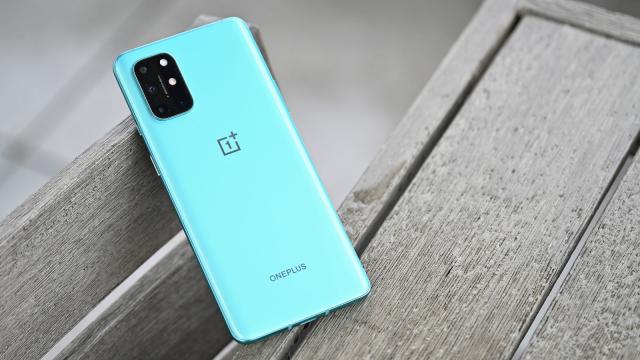One of the longest-running jokes in the smartphone industry is that anytime Oppo puts out a new phone, OnePlus will release something very similar a few months later. But now, the two companies along with Realme are making that kind of cooperation official by merging parts of their research and development.
In a statement given to Android Authority, a spokesperson for OnePlus said “To better maximise resources and further position OnePlus for growth, we are in the process of further integrating some R&D capabilities within OPLUS, our long-term investor. OnePlus will continue operating independently and working to deliver the best possible user experience for existing and future OnePlus users.”
For people in the west who might not be super familiar with OPlus, OPlus is a holding company that oversees OnePlus, Oppo, and Realme and is led in part by OnePlus co-founder Pete Lau, who joined OPlus last fall as a senior vice president to help foster synergy between the three phone brand.
While Oppo, OnePlus, Realme are expected to maintain a certain level of independence across the three companies, this statement all but confirms that upcoming devices from members of OPlus will feature a greater range of shared features and designs, which is a trend that has been growing for quite some time with recent phones like OnePlus’ Nord N100 having nearly identical specs as Oppo’s A53s.
However, you should still expect the brands to maintain certain differences such as their Android skins, with OnePlus likely to retain its Oxygen OS skin for Android, while Oppo continues developing its own ColorOS.
[referenced id=”1519740″ url=”https://gizmodo.com.au/2020/10/the-oneplus-7-t-is-a-solid-phone-but-oneplus-needs-to-level-up/” thumb=”https://gizmodo.com.au/wp-content/uploads/2020/10/15/lvovbubvb45ltajsaooj-300×169.jpg” title=”The OnePlus 6 T Is a Solid Phone, But OnePlus Needs to Level Up” excerpt=”Over the last couple of years, OnePlus has sort of had the “budget flagship” phone segment to itself, offering well-built phones with top-notch specs for hundreds less than its traditional high-end competitors. However, with the price of premium phones having risen to $US1,500+ ($1,932)+, especially in 2020, many mainstream phone makers…”]
That said the biggest impact of this development could be for things like camera performance and image processing, where a larger pool of resources and investment could help members of OPlus better keep pace with tech giants like Apple, Google, and Samsung. After reviewing the OnePlus 7 T last fall, I found myself noting that while the device itself was a good value and a decent phone, I still felt like OnePlus still needed level up if it wanted to stay relevant in an increasingly competitive market.
And with OnePlus having made headway when it comes to getting into carrier stores in the U.S. (where the vast majority of people in the U.S. buy their phones), it does make a certain amount of sense for OPlus to continue pushing OnePlus as a phone brand aimed more to the western market.
But perhaps an ever-larger takeaway from all this is that for longtime OnePlus, while OnePlus may have started out making handsets designed to please hardcore smartphone enthusiasts, the days of OnePlus resembling anything like the plucky phone startup we knew back in 2013 are long gone.
